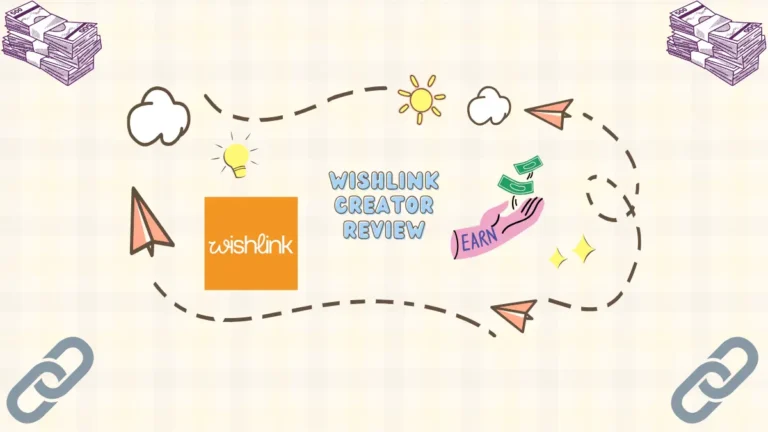Knowledge management tools can help an organization systematically identify, use and communicate information, the knowledge that employees can create, improve and apply. It is how a company creates knowledge, stores it and applies it to gain competitive advantages.
Knowledge management is a combination of individual aspects of employee management, innovation and information management. It also includes the use of modern information technologies in business management.
Components of knowledge management can include the following elements:
- stimulates the growth of information;
- collection and storage of vital data from sources outside the business;
- classification, preservation, transformation, assuring the availability of knowledge;
- distribution and transfer of knowledge, including within the company;
- application of knowledge in business processes, including while making important decisions;
- turning knowledge into goods, services, reports, databases and software;
- measurement and use of intangible assets of the industry and evaluation of knowledge;
- safekeeping of knowledge.
Like any other integral part of the management of any corporation, knowledge management is not an independent identity but an autonomous activity.
Knowledge management tools can easily help an organization unite activities related to the development of knowledge, their codification, dissemination and use, as well as the development of training and innovations. It can also be defined as the art of creating value from an organization’s intangible assets as a deliberate method of converting knowledge into value. In addition, it can also have the power to change the way of thinking of many managers from several outdated, orthodox methods. The main goal is to form new and more robust competitive advantages.
Knowledge management can make it possible for any organization to:
- Faster reply to client requirements with more efficient innovative solutions and demotivate customers from exploring these solutions from competitors;
- It can also provide faster methods to transform innovations into a full-fledged product in order to deliver them to customers;
- Allows to utilize intellectual assets of partners companies and carry out joint technical, functional, industry expertise;
- Faster skills transfer and training among personnel;
- save resources by reusing already found solutions;
Knowledge management goals
Every organization needs to deal with tons of data which can be chaotic like letters, numbers, pictures, words, etc. For transforming any data into meaningful information, it needs decoding. It adds context to the information and lets us evaluate what is happening.
Data can be the most important factor for any organization over time, which increases its skills and abilities. It is a constant practice and repetition that is the basis of knowledge management.
What does a knowledge management system consist of?
A knowledge management system includes the information available to all company employees through portals and content management devices. The design of the knowledge management system includes the following points:
- Lessons learned base. This is the older knowledge acquired by the company in their growth period and practice, which can be easily arranged for new employees.
- Structuring content and determining the location of knowledge. Any information is useless if it can not be found at the moment of need. Usually, all knowledge is in the minds of employees. To find the right expert, special software can assess the general level of competence and finds the freest employee at the moment.
- Group of Specialists. This is a group of employees with similar interests who hold meetings to exchange knowledge and experience.
The knowledge management system solves multiple essential tasks:
- Gives access to semantic information.
- Stores new information in the business database. This makes it extremely easy for even freshers to observe the entire history since the beginning of its existence.
- Continuously adds new information in a convenient form for representatives.
- Forms new knowledge.
- Analyze the already stored data in the company’s database.
Three essential components of a knowledge management tool
A holistic and effective knowledge management system must contain three important elements.
1. Documented experiences of employees
While resolving work-related tasks, any employee can face several instances that go beyond his usual job description. In addition, each team member’s personal skills and talents make him unique and useful for the company as a whole. A company can use a proficient employee to capture and disseminate this data to form a database.
Such a record can contain documented experience useful for solving problems or preventing mistakes in the future. In particular, it will feature:
- Instructions for Successful implementation. Earlier problems that a talented employee has successfully resolved can become part of the base. It allows employees with access to the knowledge base to repeat the correct actions and solve similar tickets.
- Analysis of errors. If an employee’s action turns out to be wrong, it will analyze the situation and determine the reason for the failure. Using this information, other employees can learn from past mistakes and are less likely to repeat them.
- Cases. Development reports from an older client or super-result can serve as excellent training material for new employees.
2. A group of experts among employees
An employee with all the necessary skills and knowledge in advance can help solve various organisations issues. In small scale companies, it gets easier, as the manager already knows about his employees’ competencies. However, finding an expert in a large company with thousands of employees can become really difficult.
To make this task easier, expert databases exist. It can easily and systematically indicate all the competencies of each employee. Searching for experts to solve a specific problem may take only a few minutes with such a base.
For compiling such a database, three streams of data are used:
- Summary. The competencies indicated in an employee’s resume while hiring are entered into the database and constitute the main data set.
- Self-assessment of skills and competencies. An internal survey is conducted inside the organization to identify talents, personal skills and additional competencies that are not listed in the resume.
- Analysis of employee activities. After processing the data of an individual employee’s performance, an organization can find those competencies in him that went unnoticed. In addition, automatic analysis of employee communication, for example, via e-mail or social networks, can also reveal the employee’s strengths.
3. A medium for sharing experiences
The most straightforward method to distribute knowledge across an organization is through direct, first-hand storytelling. This method utilizes the principle of exchange of experience. Experienced employees working in the same niche share their knowledge to solve specific problems, consult or jointly look for a solution.



